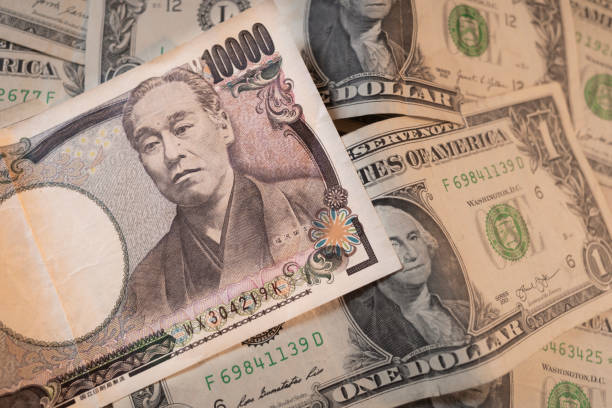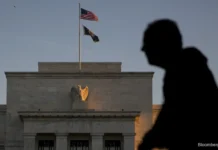
Asian stocks climbed on Tuesday, buoyed by Wall Street’s overnight gains. Gold reached a record high, and Treasury yields dropped as investors awaited more information on U.S. President Donald Trump’s proposed reciprocal tariffs.
The Japanese yen gained strength as demand for safe-haven assets rose. In contrast, the Australian dollar came under pressure following a weaker-than-expected retail sales report, ahead of the Reserve Bank of Australia’s policy announcement later in the day.
Regional stocks found some relief on the first day of April after experiencing heavy losses in March, driven by concerns that Trump’s trade war might lead to stagflation or even a potential U.S. recession.
Investors are anxiously anticipating April 2, which Trump has called “Liberation Day,” a day when he plans to announce a significant reciprocal tariff plan.
Japan’s Nikkei gained 0.7%, South Korea’s KOSPI advanced 1.4%, and Taiwan’s equity benchmark climbed 1.7%, recovering from significant declines on Monday.
In Hong Kong, the Hang Seng rose by 1%, while mainland China’s blue-chip stocks inched up by 0.1%.
The U.S. S&P 500 (.SPX) rose by 0.55% on Monday, ending a three-day losing streak, although futures indicated a 0.54% decline.
Tony Sycamore, an analyst at IG, commented, “A significant portion of the rebound in major Wall Street indices could have been driven by month-end and quarter-end rebalancing, along with short covering ahead of Trump’s Liberation Day, amid ongoing uncertainty about what comes next.”
Sycamore further noted, “U.S. equity markets are currently priced for a slowdown in growth and earnings, but not for a recession. If the U.S. economy were to enter a recession, stock markets could easily drop another 10%.”
Gold prices surged to a record high for the fourth consecutive session, reaching $3,139.78 per ounce.
Kyle Rodda, a senior financial markets analyst at Capital.com, explained, “In addition to general risk aversion, investors are increasing their allocations to gold due to concerns over the Trump administration’s trade policy, which threatens the dollar’s status as the world’s primary reserve currency.”
Rodda concluded, “The fundamental outlook for gold remains strong.”


















